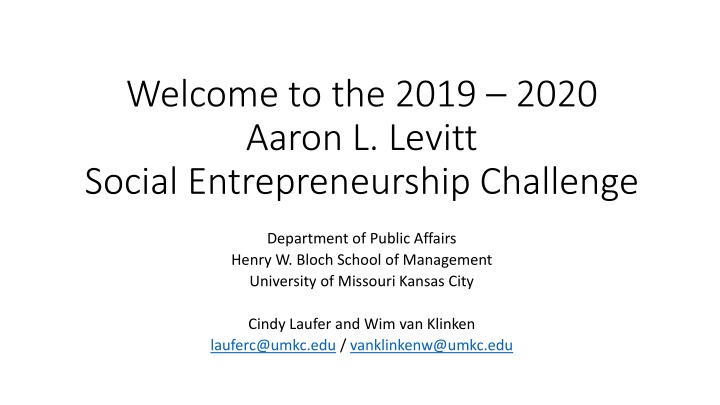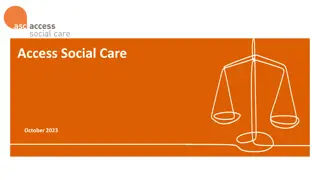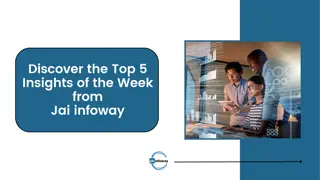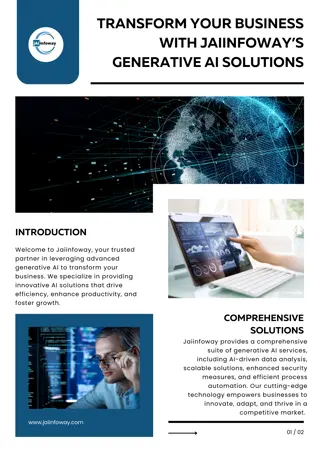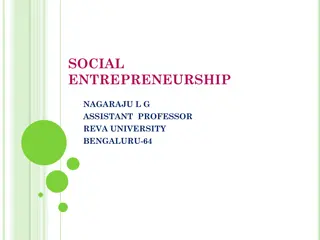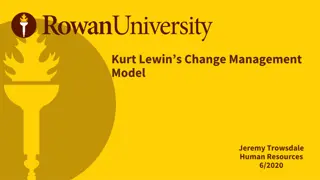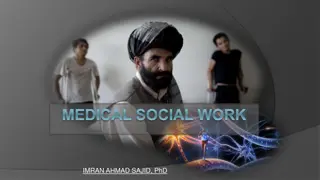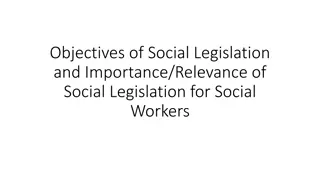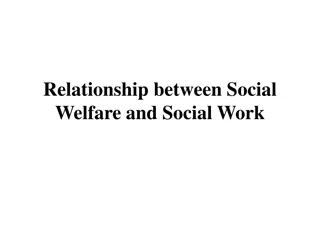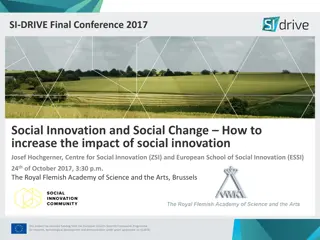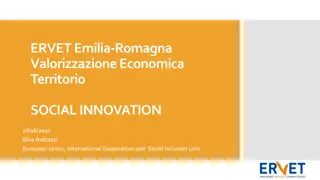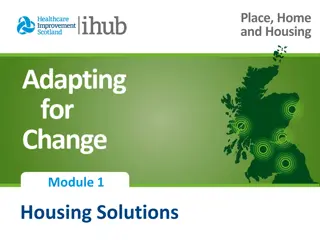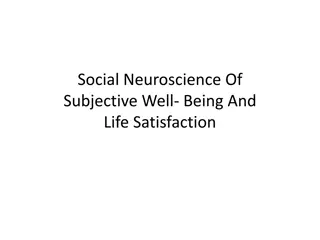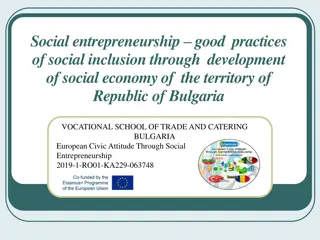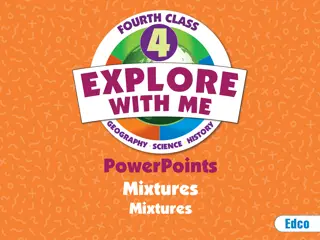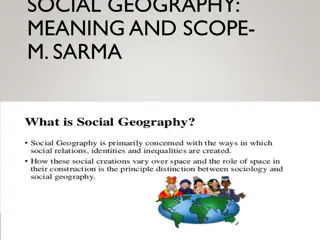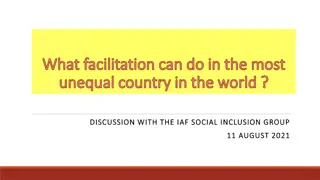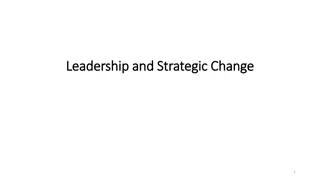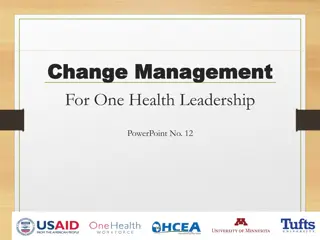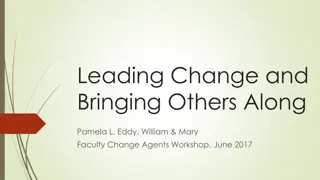Innovative Solutions for Effective Social Change
Innovative solutions are crucial for addressing social problems by considering various aspects like community, social ecosystems, and policy environments. The Levitt Challenge emphasizes understanding target populations and community ecosystems to create lasting impact. Through ecosystem assessments and thorough research, social entrepreneurs can develop strategies to drive positive change.
Download Presentation

Please find below an Image/Link to download the presentation.
The content on the website is provided AS IS for your information and personal use only. It may not be sold, licensed, or shared on other websites without obtaining consent from the author.If you encounter any issues during the download, it is possible that the publisher has removed the file from their server.
You are allowed to download the files provided on this website for personal or commercial use, subject to the condition that they are used lawfully. All files are the property of their respective owners.
The content on the website is provided AS IS for your information and personal use only. It may not be sold, licensed, or shared on other websites without obtaining consent from the author.
E N D
Presentation Transcript
Welcome to the 2019 2020 Aaron L. Levitt Social Entrepreneurship Challenge Department of Public Affairs Henry W. Bloch School of Management University of Missouri Kansas City Cindy Laufer and Wim van Klinken lauferc@umkc.edu / vanklinkenw@umkc.edu
Innovative solutions Innovative solutions to social problems are more effective, create deeper change, and are more long-lasting, when they take into account: a clear understanding of the people experiencing the issues, the community, the social ecosystems, and the policy environment that are often at the heart of these issues. Attention must be paid to potential partners, competitors, and the forces that encourage or discourage entry into the system. Barreiro & Stone, 2013
Issues, Ideas and Opportunities Presentation 2.5 minutes per team
Your target population Understand difference between Recipients Beneficiaries Donors
Community Ecosystem Multiple layers of beneficiaries Different target populations Each provide opportunities and barriers for success
Example Community Ecosystem Layers Person Family Neighborhood/friends Local associations and agencies Interventive agencies Government policies Public norms, values and willingness
Ecosystem assessment How is the segment impacted by the issue? How does the segment contribute to the issue? How does/could the segment contribute to the solution? What assets/resources are available and/or needed? What actions are easiest to undertake for this segment?
Research is key Be aware of your own biases, perceptions and assumptions Do quantitative and qualitative research Research papers e.g. by associations, research institutes Interviews and surveys Community Commons
How do these findings impact: Your issue Your opportunities
Logic Model Outcomes vs Outputs Impact on Program Evaluation Inputs, activities, outputs, outcomes, and impact
Next Workshop ~ February 8 Continue to work on refining and describing concisely your specific issue(s), idea(s), opportunities, and community ecology Work on your logic model Read chapters four and five The Policy Environment Opportunities and Constraints Analyzing Competitive Forces The Market and the Industry
